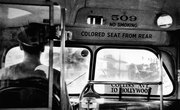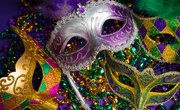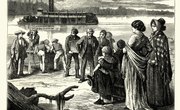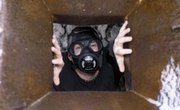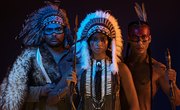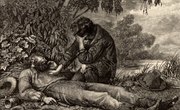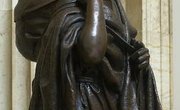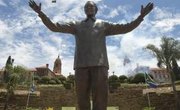The re-emergence of the Ku Klux Klan around 1915, coupled with the choke hold Jim Crow laws had on African-Americans in the South, raised tensions between blacks and whites in the United States. A wave of violent racial confrontations began to emerge in the 1920s, beginning one of the most socially turbulent times in America's history.
Jim Crow Law
Jim Crow was a popular minstrel show performed by a white actor who flagrantly mocked African-Americans. The phrase "Jim Crow Law" came to be used to describe the segregation system used primarily in the South from 1877 to the early 1950s. Signs told African-Americans where they could and could not go. Eating areas in restaurants, water fountains and even bathrooms were separate.
Race Riots
In the summer of 1919, race riots exploded throughout Northern and Southern cities. During this "Red Summer," there were 26 riots between April and October. In Chicago, 38 were killed and 500 injured. Riots continued through the 1920s. In 1921 in Tulsa, Oklahoma, a white elevator operator claimed that a black man had attacked her. The man was arrested. White residents set homes on fire and vandalized black-owned businesses. Thirty-five city blocks were incinerated and more than 6,000 African-Americans were arrested.
The Rise of the Ku Klux Klan
Though the Ku Klux Klan had been dismantled in the 1870s, in 1915 the organization was revived by those who revered the "Old South." During the 1920s, the Klan reached its height in popularity. By 1924, it reportedly had 4 million members in 4,000 chapters across the United States.
The Great Migration
From 1916 to 1970, African-Americans began moving to Northern cities to be free of segregation laws. By 1919, over a million blacks had migrated to northeastern cities including Detroit, Chicago and New York. Discrimination was still prevalent in the North, however. The increasing population in Northern cities amplified competition for jobs and housing. Blacks were denied skilled jobs and had to live in congested communities with pitiable education standards.
Related Articles
References
Writer Bio
Alex LaFosta Urquhart attended the University of Alabama at Birmingham where he had several plays produced at the Alys Stephens Performing Arts Center. While attending UAB, he earned two awards for his writing and wrote and directed a children's play for the Birmingham Zoo. He works as a contributing writer for "Highbrow Magazine."



